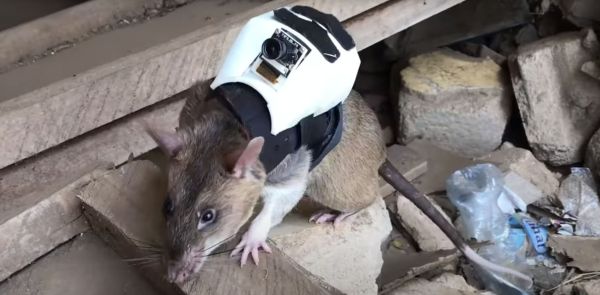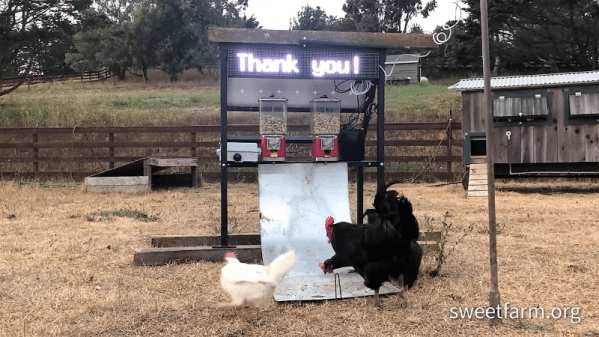Perhaps every gardener to attempt to grow a tomato, lettuce, or bean has had to contend with animals trying to enjoy the food before the gardener themselves can, whether it’s a groundhog, rabbit, mouse, crow, or even iguana. There are numerous ways to discourage these mischievous animals from foraging the garden beds including traps, but these devices have their downsides as well. False alarms can be a problem as well as trapping animals that will be overly aggravated to be inside the trap (like skunks) and while the latter problem can’t easily be solved by technology, the former can with the help of Meshtastic.
[Norman Jester]’s problem was an errant possum, but these nocturnal animals generally come out while humans are asleep, and other nighttime animals like rats can activate the trap and then escape. To help with this, a Meshtastic node was added to the San Diego mesh using a 3.5mm audio jack as a detector. When the trap is activated, the closing door yanks a plug out of the jack, alerting the node that the trap has been closed. If it’s a false alarm the trap can be easily and quickly reset, and if a possum has found its way in then it can be transported to a more suitable home the next day.
It’s worth noting that American possums (distinct from the Australian animals of the same name) are an often-misunderstood animal that generally do more good than harm. They help to control Lyme disease, eat a lot of waste that other animals won’t, don’t spread rabies, and don’t cause nearly as much disruption to human life as other animals like feral cats or raccoons. But if one is upsetting a garden or another type of animal is causing a disturbance, this Meshtastic solution does help solve some of the problems with live traps. For smaller animals, though, take a look at this Arudino-powered trap instead.
Thanks to [Dadsrcworkbench] for the tip!
Continue reading “Meshtastic Adds Wireless Connectivity To Possum Trap”




















